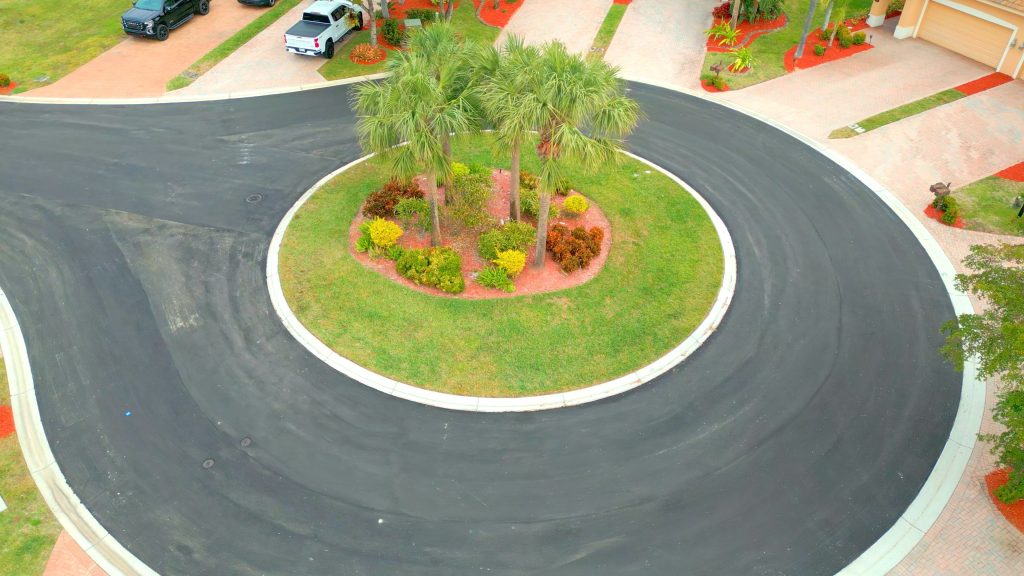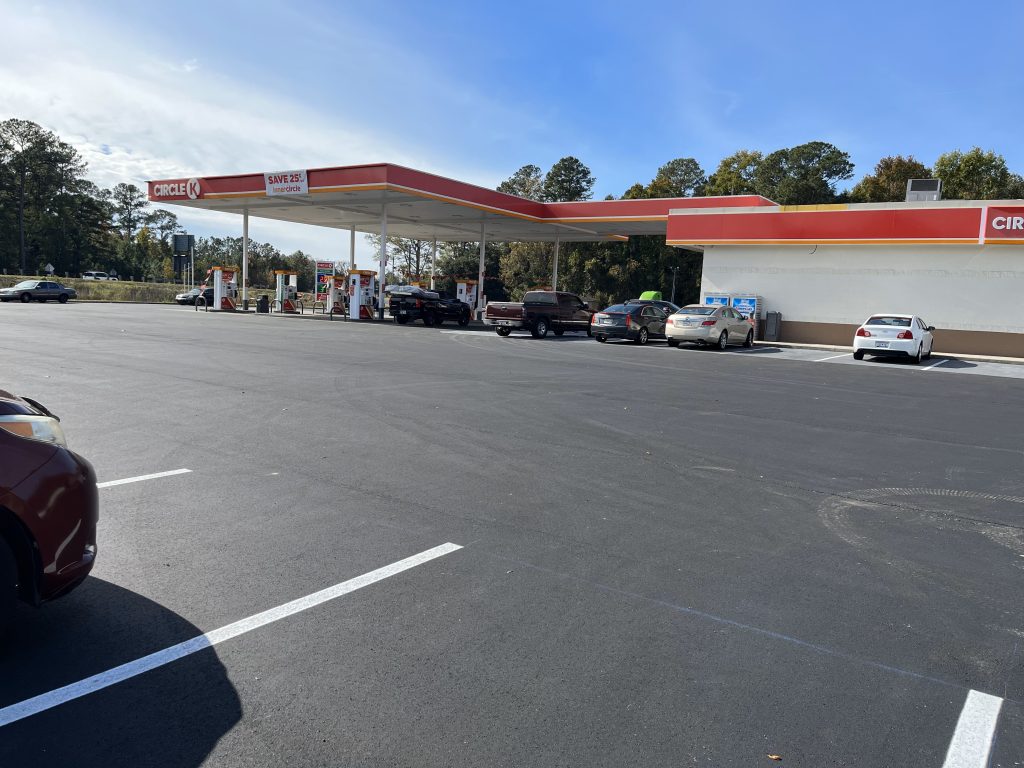Gravel or aggregate may be the best material options for your paving project. Each of these materials has its benefits and drawbacks. For example, gravel should never be used under chipseal because it would cause drainage problems, leading to potholes over time. On the other hand, aggregate is commonly found in asphalt pavements and offers many different textures and colors for customers to choose from when planning to pave their property.
Professional asphalt paving companies like The Pavement Group in Westchester County, New York, can further advise you regarding the best material for your project.
Knowing more about each material will help you decide the best option for your project.
Gravel
Gravel can be used for paved roads, parking lots, and sidewalks. Gravel may also refer to pieces or particles that are larger than sand but smaller than pebbles. It goes from the largest to the smallest particle possible when gravel is graded, known as silt.
Gravel paving is mainly found in rural areas. It does not have the durability of concrete paving, so gravel paving will need to be resurfaced more often than a paved surface made with asphalt or cement. Other disadvantages of gravel include increased dust and noise production from vehicles traveling on gravel surfaces.
On the other hand, it’s cheaper and easier to use gravel in paving. It is typically used where the traffic volume and speeds are low. A regular gravel surface can cost three to four times less than paving with concrete or asphalt, while an overlay on existing pavement may range from one-half to two-thirds less expensive than paving with cement. It is less likely to crack under pressure than paving with asphalt or cement. Gravel also provides a rougher surface so there is less chance of slipping on the pavement when driving in rainy conditions. The chances of gravel washing away in a storm or during heavy rains are also less likely.
Aggregate
Aggregate is sand, gravel, or crushed stone particles mixed with water and cement to form concrete. A good concrete mix is made of aggregate that does not contain absorbed chemicals, clay, and other fine materials that could compromise the integrity of the concrete.
Aggregate is often broken down into three main categories – coarse, intermediate, and fine.
Coarse aggregate: These are larger particles used as the base of an asphalt or concrete mix. When mixed with sand and cement, they form a strong bond and provide extra weight for paving roads and parking lots.
Intermediate aggregate: This is a crushed stone material, usually sandstone or limestone. It is coarse enough to provide good drainage for paving and fine enough to be used as the aggregate in asphalt paving mixtures with other ingredients such as bitumen or coal tar pitch.
Fine aggregate: This is used in paving to provide a smooth, durable surface. Fine aggregate is typically made of sand or crushed rock, and it is usually found in paving mixes that are less than 50% by weight.
If you are from around Westchester County, New York, and need to install pavement in your residence or commercial property, call The Pavement Group. We have been providing premium services to customers nationwide in the US for several years.

